This revival is different from other revivals we have written about, as there was no singular church or individual that stands out as being the face of the movement. Some have given Pastor Chuck Smith of Calvary Chapel, Costa Mesa, California, the title of “The Father of the Jesus Movement”, and that church was greatly blessed during the movement, but there were many other individuals and ministries, on the West Coast and across the United States, that were also experiencing significant evangelistic success prior to or at the same time Calvary Chapel was.
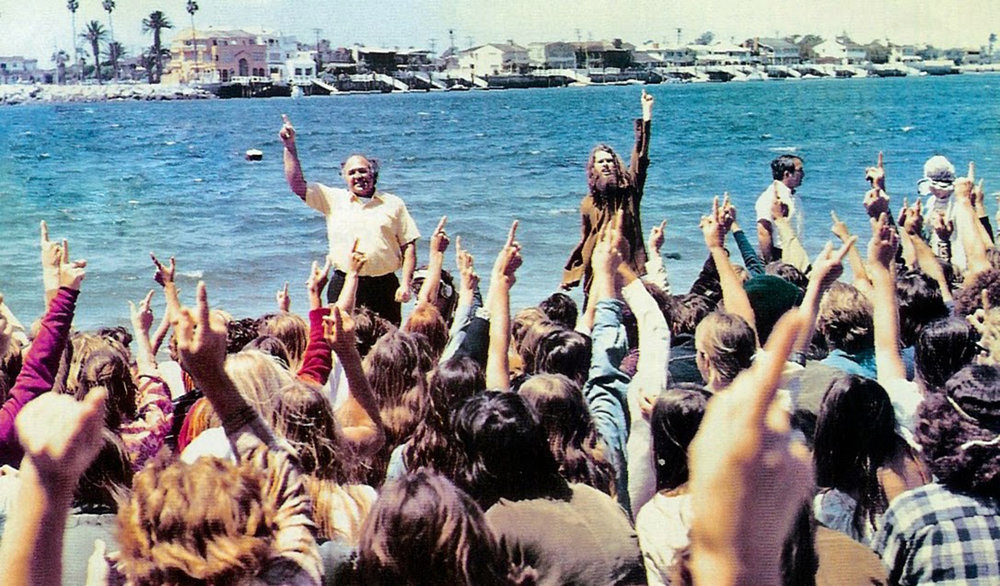
Chuck Smith (left-background) and Lonnie Frisbee (right-background), conducting a mass baptism at the at Pirate’s Cove, which is part of the Corona del Mar State Beach.
I (Chet Swearingen) was blessed to have seen elements of this revival’s beginning, and even be a participant toward the end of the movement, during a local revival that took place onboard the ship I was stationed on in the US Navy (USS Barry Revival: 1979-1982). I also saw elements of the Shepherding Movement, which was taking place at that time, as my ship was homeported in Florida, where the Shepherding Movement was based.
Conditions Prior to the Jesus Movement
Following WWII prosperity was increasing across the United States and there was tremendous hope and optimism of a very bright future. Then, with the arrival of the 1960s, tremendous upheaval occurred:
►A strong anti-war movement opposed the United States’ involvement in Vietnam. This included draft card burnings and campus take overs. “Make Love, Not War” was a phrase seen and heard everywhere.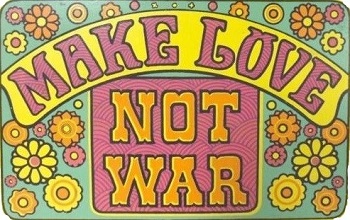
►Fear associated with the Cuban Missile Crisis (October 16–28, 1962), China’s testing of a nuclear bomb (October 16, 1964), and the Six-Day Arab-Israeli War (June 5-10, 1967), all seemed to be leading toward Armageddon.
►Multiple assassinations shocked the nation: President John F. Kennedy (November 22, 1963); Robert F. Kennedy (June 5, 1968); Martin Luther King Jr. (April 4, 1968).
►Three astronauts were killed in the Apollo I explosion (Jan. 27, 1967).
►Race riots were common in major cities.
►Law enforcement and all government institutions were denigrated.
►Church attendance began declining and humanism and hedonism escalated. Young people were turned off by the Church, as they wanted to see Christianity lived out in real life and not just hear it preached. The United Methodists lost hundreds of thousands of members, and other denominations had similar trends.
►Famous television programs such as The Ed Sullivan Show began to have more appeal than attending church on Sunday evenings.
►There were fewer and fewer families that were raising their children in Sunday schools and the young generation demonstrated that deterioration.
►The Supreme Court removed sanctioned Bible reading and prayer in public schools (1963) and abortion was legalized (1973). Schools began a slow process of removing Christian influences.
►Young people began rebelling against “the establishment.” Part of their rebellion was due to them wanting to set their own value systems.
►Anything different from previous generations was embraced, such as long hair and beards; communal living which involved drugs, sex, and rock and roll; as well as the exploration of Eastern religions (Hindu/Buddhism/New Age) and the occult.
►American psychologist Timothy Leary began conducting conferences on campuses promoting the benefit of using LSD to explore mysteries of the mind and inner space.
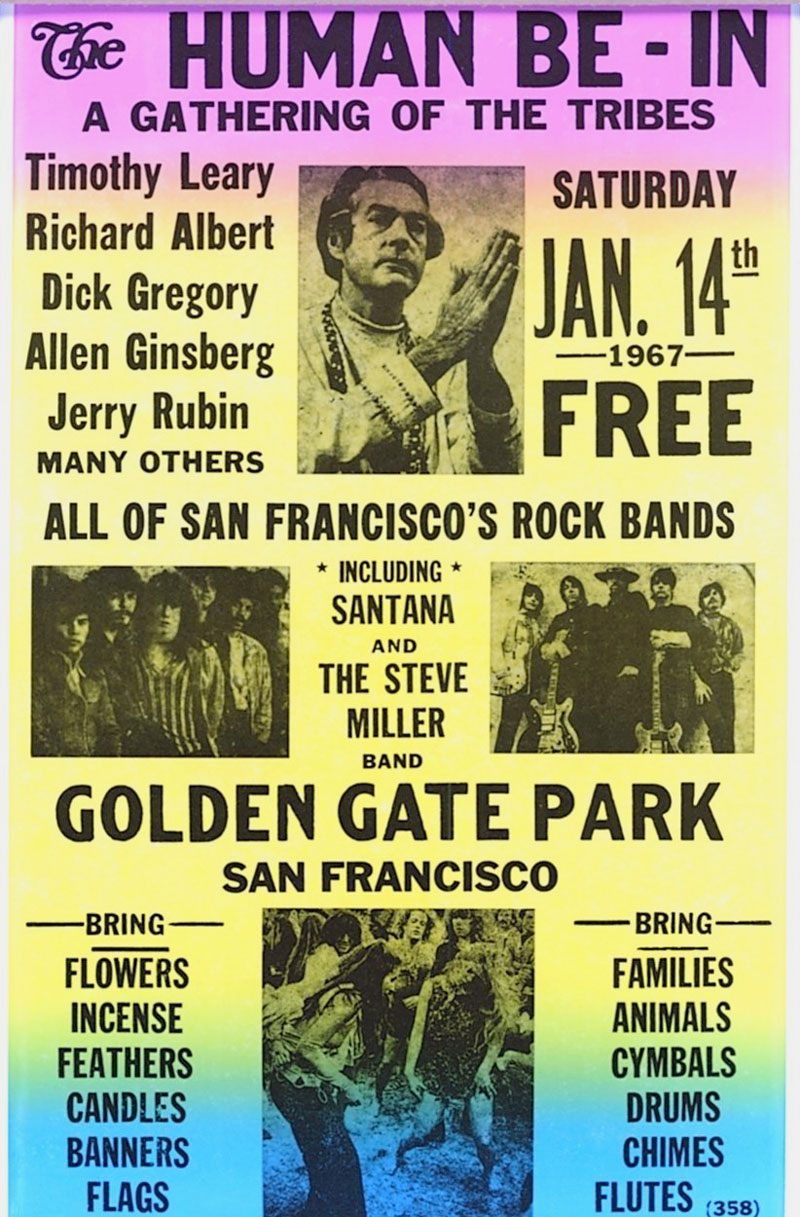 On January 14, 1967, the United States took an even more rapid down-turn when 30,000 hippies assembled in San Francisco’s Golden Gate Park Polo Fields, for the Human Be-In. This event was a radical promotion of the 1960s counterculture movement, involving radical liberal politics, communal living, higher consciousness through the use of LSD (and all types of drugs), free sex, Eastern religions, and the occult.
On January 14, 1967, the United States took an even more rapid down-turn when 30,000 hippies assembled in San Francisco’s Golden Gate Park Polo Fields, for the Human Be-In. This event was a radical promotion of the 1960s counterculture movement, involving radical liberal politics, communal living, higher consciousness through the use of LSD (and all types of drugs), free sex, Eastern religions, and the occult.
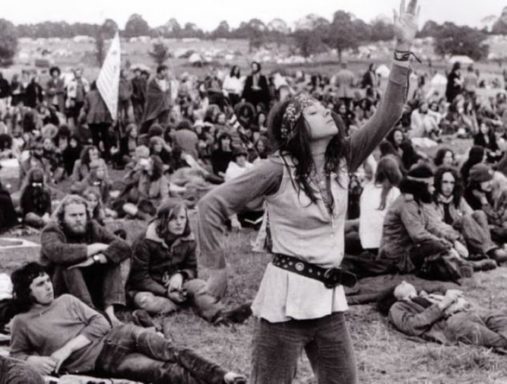 And on the heels of the Human Be-In came the 1967 “Summer of Love,” wherein 100,000 hippies gathered in the San Francisco district of Haight-Ashbury. Here the counterculture movement was given even greater impetus and began to rapidly spread across the United States.
And on the heels of the Human Be-In came the 1967 “Summer of Love,” wherein 100,000 hippies gathered in the San Francisco district of Haight-Ashbury. Here the counterculture movement was given even greater impetus and began to rapidly spread across the United States.
What Happened
The origin of the Jesus People Movement is traced by most to a handful of young people who had left the hippie culture, had recently become Christians, and in 1967 had started The Living Room, a Christian street mission (coffeehouse) for the hippies in the Haight-Ashbury district of San Francisco. As communal homes were part of the hippie culture, a Christian communal home (rescue mission/halfway house) was also established to undergird the ministry of The Living Room. This home, House of Acts, was located just to the north of San Francisco in Novato, California, and it gave the opportunity for the care and discipleship of recently converted hippies.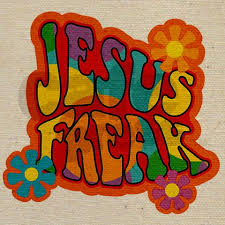
Jesus Freaks, as the hippie converts to Christ were mockingly called, proudly embraced and owned that name, carrying it as a badge of honor to identify with the one who was also mocked and ridiculed by the world.
Through The Living Room and similar Christian coffeehouses, many hundreds of hippies began giving up drugs, sex, Eastern religions, and the occult, and instead turned to Jesus, the Bible, and sharing Jesus with everyone they met.
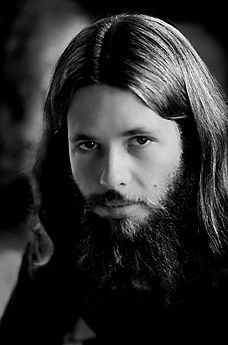
Lonnie Frisbee
Lonnie Frisbee (1949-1993)
One notable hippie convert who was part of the team that started The Living Room, and who also lived and worked out of The House of Acts, was 19-year-old Lonnie Frisbee. Frisbee became very influential in evangelistic work along the west coast, and wherever there was a flare-up of activity he appeared to have been the spark behind it all.
►Frisbee was invited to be part of the Calvary Chapel church in Costa Mesa, California. At the time Calvary Chapel only had 80 people in attendance (on a good day). After Frisbee’s arrival, attendance soared to 2,000 in 6-months, and it became one of the largest churches in the world. This also led to the multiplication of over 1,500 Calvary Chapel churches throughout the world.
►Frisbee was also involved with the multiplication of communal homes as Calvary Chapel multiplied its ministry to hippies through that type of setting. The first home they started was the House of Miracles.
►On Sunday night, May 11, 1980 (Mother’s Day), Frisbee was on hand to create a spark which gave the Vineyard Christian Fellowship its big push forward. The number of churches in that fellowship now numbers over 2,400 worldwide.
►Frisbee was also used to be a spark for revival in South Africa and Europe, as well as in the lives of many men and women whom he had spent time with.
Communal Homes / Halfway Houses
Associated with Calvary Chapel was a group that moved to an Oregon Christian commune and started a network of communal homes, which was called Shiloh Youth Revival Centers. That Oregon commune ultimately started 178 communal homes throughout 30 states and 100,000 people have eventually been part of that ministry. At the same time other ministries had also started Christian coffeehouses in large cities and small towns across the United States and Canada. Following the same pattern as Shiloh Youth Revival Centers, hundreds of Christian communal homes were also established. Between 1967 and 1972, there were 800 communal homes established in the USA.
Street Preacher
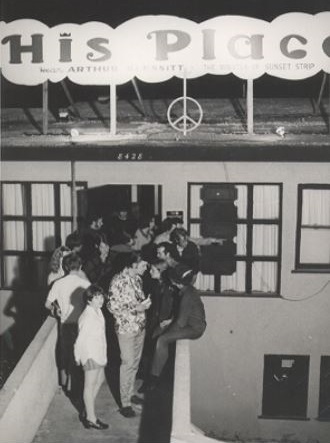
His Place: Coffeehouse operated
by Arthur Blessitt on Sunset Strip
Arthur Blessitt, having grown up as a Christian, made his mark beginning in 1967 through his bold street-witnessing to Hell’s Angels groups and along the streets lined with strip clubs. Blessitt opened His Place, a combination coffeehouse and counseling center which on some nights had 500 young people come through for free food and to listen to music and testimonies. In two years 10,000 decisions for Christ (average of over 12 per night) had been recorded.
Hippies Rejected by the Churches
Many churches were appalled when newly converted hippies began attending their churches. They could not endure the bare feet, beards, long hair, beads, etc. The street preacher Arthur Blessitt, though highly successful with evangelism, agonized over the churches that would refuse to welcome and disciple the hippies he had recently led to the Lord.
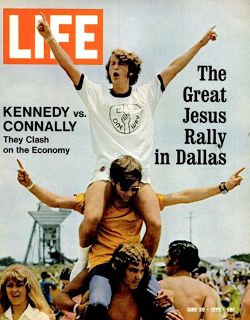 Secular Magazines
Secular Magazines
Secular and media exposure in 1971 and 1972 (Time, Life, and Rolling Stone magazines) caused the Jesus Movement to explode across the United States, attracting evangelical youth eager to identify with the movement.
Broadway
The secular music industry saw that profit could be made off the Jesus Movement, and regardless of their accuracy in portraying biblical truth, Christ was preached through the two extremely popular Broadway musicals, Godspell and Jesus Christ Superstar.
Christian Newspapers
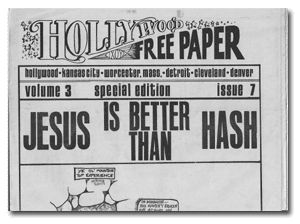
Christian newspaper publications like The Hollywood Free Paper, Right On!, and Agape newspapers were just a few of the forms of media that were used to fan the flames of the movement.
Tracts
“Living Water,” a tract written by Greg Laurie, was extremely effective in communicating the Gospel to many thousands. Chick tracts were also extremely popular during this time, with “This Was Your Life” being one of the most effective in communicating the Gospel.
Books and Films
Hal Lindsey’s The Late Great Planet Earth was very gripping and it arrested the attention of readers and awakened their conscious to their need of a Savior. Lindsey’s book became an instant best-seller and was highly instrumental in awakening the nation to the promised return of Jesus Christ.
The Thief in the Night series were highly influential films that were used to awaken hundreds of thousands to end-time truths.
Coffeehouses
Coffeehouses began springing up in every city and small town throughout the United States. These were gathering places for young people so they could have “church services” that were aligned with their own culture. These coffeehouses and worship services were accompanied by bands playing “Jesus Music.”
Jesus Music
Contemporary Christian music is said to have had its beginnings with the Jesus Movement. A few of the well-known recording artists at that time were: Matthew Ward, Chuck Girard, 2nd Chapter of Acts, Larry Norman, Children of the Day, Nancy Honeytree, Phil Keaggy, Scott Wesley Brown, Kelly Willard, Andraé Crouch, John Michael and Terry Talbot, The Way, Agape, All Saved Freak Band, Petra, Resurrection Band, and Servant.
Results of the Revival
- By 1977, an estimated 2 million new born-again believers came into the Christian faith. That does not include those who came to Christ as the revival spread to Canada, South America, and Europe.
- The 1970 Asbury Revival took place at this time period, as did the 1971 Saskatoon Revival.
- Many thousands of young men and women across the United States received their calling into the ministry (pastor, evangelist, missionary).
- The generation that rejected the “establishment” continued to do so during and after the movement had begun to wane. Most of them did not join traditional denominational churches, but instead established new fellowships of churches (loosely associated denomination).
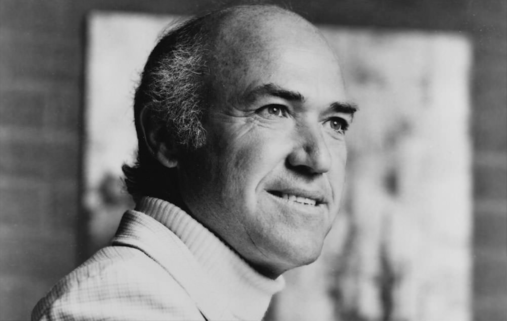
Chuck Smith, pastor of Calvary Chapel
Two notable ones were Calvary Chapel and Vineyard Fellowship. House churches were also part of this new transition away from the mainline denominational churches.
At the height of the revival, through the ministries of Calvary Chapel Costa Mesa, California, alone:
- 200 were won to Christ each week.
- There were 500 baptized every month for a period of two years.
- At the baptism services, crowds of 3,000 would gather and the occasion was used to preach the Gospel, with many more coming to Christ.
- Chuck Smith, pastor of Calvary Chapel, stated in his book The Reproducers, that during just two years there were more than 20,000 who accepted Christ and there were over 8,000 baptized at Pirate’s Cove, which is part of the Corona del Mar State Beach.
- Calvary Chapel trained hundreds who were sent out to start churches, first in California, and then up and down the Pacific Coast. Then churches began to be planted throughout the United States and the world—reaching well over 1,700 churches.
- Calvary Chapel was highly instrumental in giving contemporary Christian music its start, with many groups being formed through the church and many songs written.
In December 1971 Calvary Chapel started Maranatha Music/Publishing to promote and sell Christian music.
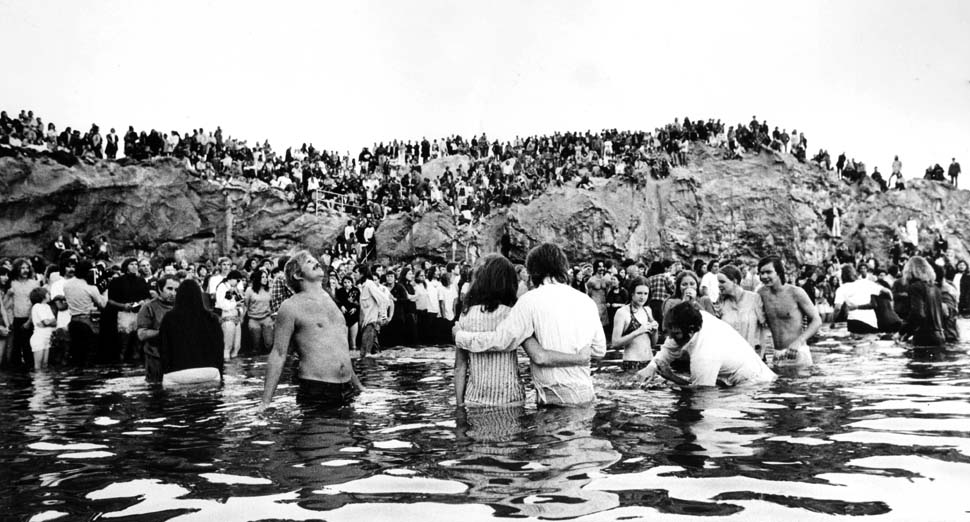
May 5, 1973: Several thousand Calvary Chapel members line Corona del Mar beach for baptism ceremony.
Catholic and Mainline Denomination Renewal
Throughout the nation Catholics were experiencing a renewing of their faith in Christ with Pentecostal-type services being held on various nights of the week (1967 Catholic Charismatic Renewal). Other mainline denominations (Methodist, Presbyterian, Episcopal, etc.) were experiencing similar movements that contained a strong charismatic flavor (1960 Charismatic Movement).
Hunger for God
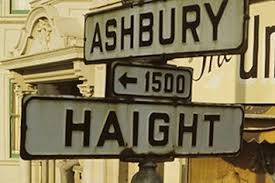 There was a hunger for God among people of all ages. If Christians were willing to pay the price and engage in evangelism, it was normal for an evangelistic team to lead dozens to Christ on a daily basis—this was reported as having happened on Haight Street in San Francisco. It was also reported that on a “bad” night, only ten people would come to Christ.
There was a hunger for God among people of all ages. If Christians were willing to pay the price and engage in evangelism, it was normal for an evangelistic team to lead dozens to Christ on a daily basis—this was reported as having happened on Haight Street in San Francisco. It was also reported that on a “bad” night, only ten people would come to Christ.
Sources:
10 Greatest Revivals Ever by Elmer Towns
Calvary Chapel Website
Jesus Music by Shimon Galiley
Not by Might nor by Power: The Jesus Revolution by Lonnie Frisbee
Not by Might Nor by Power: The Great Commission by Lonnie Frisbee
Revival Culture by Michael Brodeur
The Jesus Movement in America by Edward E. Plowman
The Jesus Revolution by William S. Cannon
The Reproducers by Chuck Smith
Up with Jesus by Dick Eastman
Where the Jesus People Went by Steven Jude Sofranko
Return to List of Revival Stories
Chet & Phyllis Swearingen:
Office: (260) 920-8248
romans1015@outlook.com
Beautiful Feet
P.O. Box 915
Auburn, IN 46706

